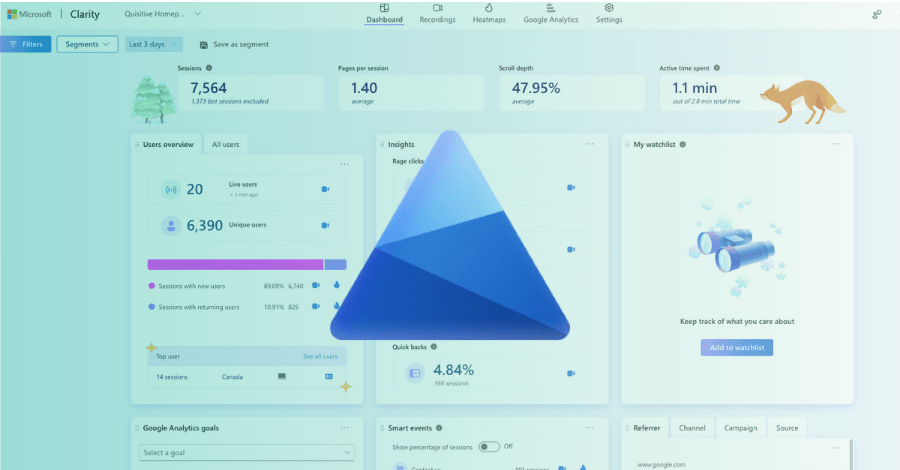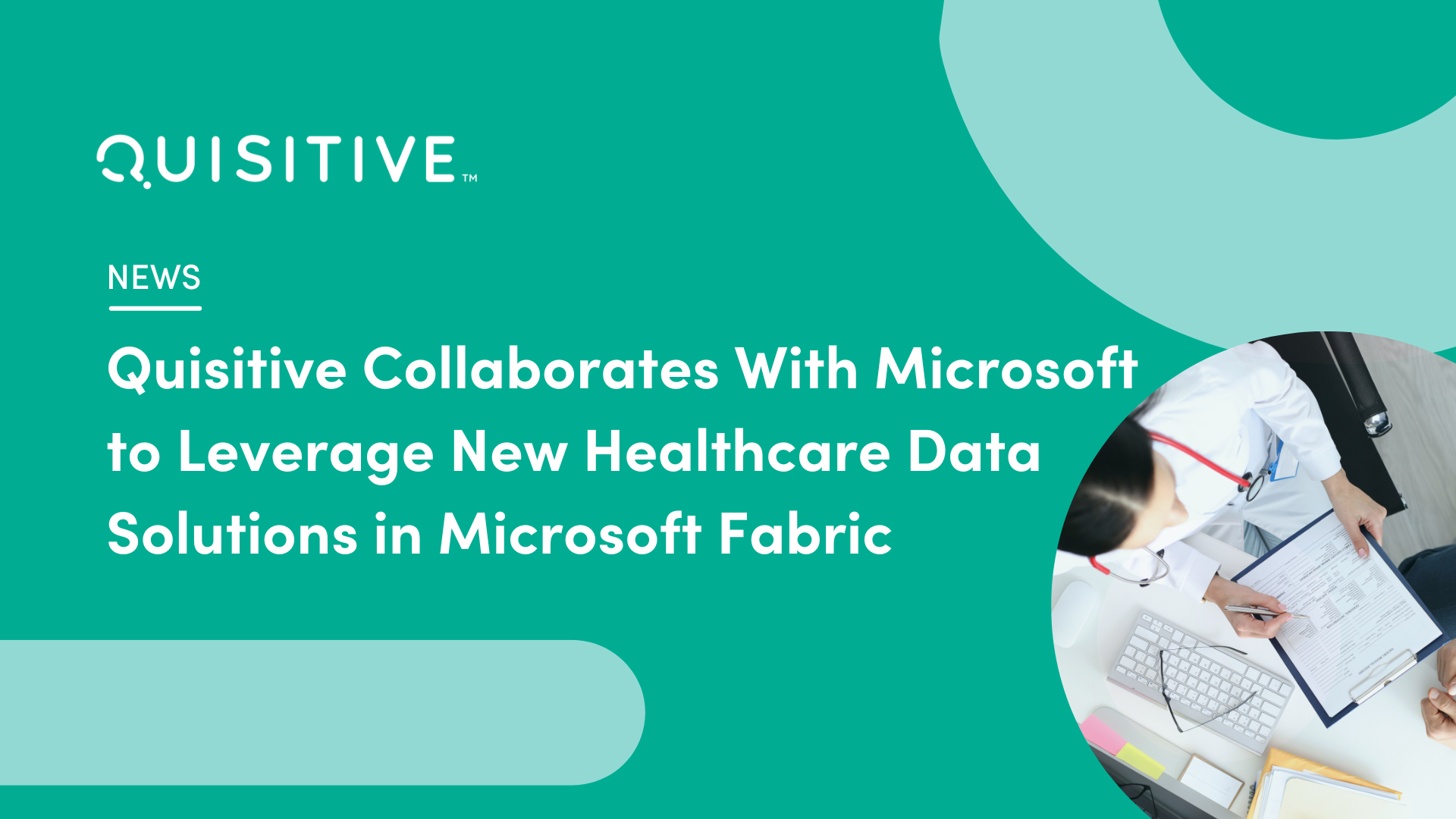It wasn’t that long ago that when I’d meet with customers my focus would be on educating them on moving to the cloud and easing their anxiety about the prospect of the process. Over the last 18 months, however, the focus has shifted sharply from discovery to execution. For most organizations it’s no longer a matter of if they’re going to move to the cloud, it’s a matter of when.
With that first box ticked, many of these discussions quickly turn to the question of “what’s next?” Customers –– particularly those with multiple datacenters –– want a good understanding of what will change and how they will manage their data when they migrate their on-premises data centers to the cloud. What will they be able to do?
This is when I step in to demystify the Azure Data Platform.
The Azure Data Platform essentially takes the concept of an on-premises data center and moves it to the cloud. Because it’s in the cloud, the Azure Data Platform is more agile, more elastic, and more scalable than traditional infrastructure.
Here are four things that customers considering a move to the Azure Data Platform should consider.
1. Resist the urge to lift and shift.
While some customers immediately hone in on the idea of lifting and shifting their data from their current databases into the cloud, a migration is the perfect opportunity to engineer new design patterns and really leverage the cloud. Organizations that take advantage of cloud design patterns, including cloud management, cost optimization, and new DevOps models for deployments, will not only be able to shed any issues that might currently occur but will be able to architect within the Azure Data Platform in a way that enables innovation.
Tip: More often than not, a greenfield approach is better than the lift and shift approach in the long run.
2. Administering a data center in the cloud is not the same as a data center on-prem.
Their purposes might be similar, but a data center on-prem requires a different skill set than that in the cloud. For even the savviest data center administrators who haven’t learned in the cloud, expect a learning curve. To use an analogy, you might be the best Mercedes mechanic in town, but if someone brings in a Ferrari to fix, you probably don’t have the right parts or tools or even the knowledge to do the job properly. The good news is that this is a surmountable obstacle. I, myself, came from the on-prem world, and during the advent of the cloud was concerned about what this would mean to me as a professional. There are new tools to learn, but as I tell my clients, this isn’t rocket science. You’ve got this.
Tip: Find a partner that will help you remove this friction in a way that works for your business. Our approach at Quisitive is to build the Azure Data Platform immediately, and then work with our clients to start leveraging it. Once they build up their skills and find a level of comfort on the platform, they’re able to take ownership of it. There will always be a transition period, but we’ll be there to help accelerate getting over that hurdle.
3. Find a partner that gets it.
This might seem obvious, but I’ve seen too many cases of organizations that become locked into a partnership because they’re given proprietary solutions. Instead, find a partner that helps you lock into a cloud service provider and that truly understands that provider. At Quisitive, we don’t just recommend Microsoft products. We’re a Microsoft partner, which means that we are able to lean on Microsoft for providing guidance and helping our customers move forward within the Azure Data Platform. Because of this close connection we’re able to take our customers from dark to cloud in a concise way.
Tip: Understand the framework you’re working within before choosing a partner. We’ve developed the On-Ramp to Azure Data, which provides clarity on processes, benefits, and deliverables.
4. Resist the urge to look back.
Moving your organization’s data to the cloud from an on-prem data center is a daunting task. We get it. It’s why for many organizations, we move assets over to the cloud gradually, taking a trickle approach. Along this process, customers reach the point where they feel comfortable enough to go full speed ahead. But sometimes, organizations running their entire business on perm are skeptical about the benefits they’ll find once they’re operating in the cloud and require a full replication of their on-prem environment in case they decide to switch back. This approach will dramatically drive up costs and complexity.
Tip: Take an iterative approach and find a level of comfort before taking the next step. Even knowing that there may be bumps along the way, the likelihood of reverting back to an on-prem data center is minimal once you’ve experienced the agility, flexibility, and scalability of the cloud environment.

;)


